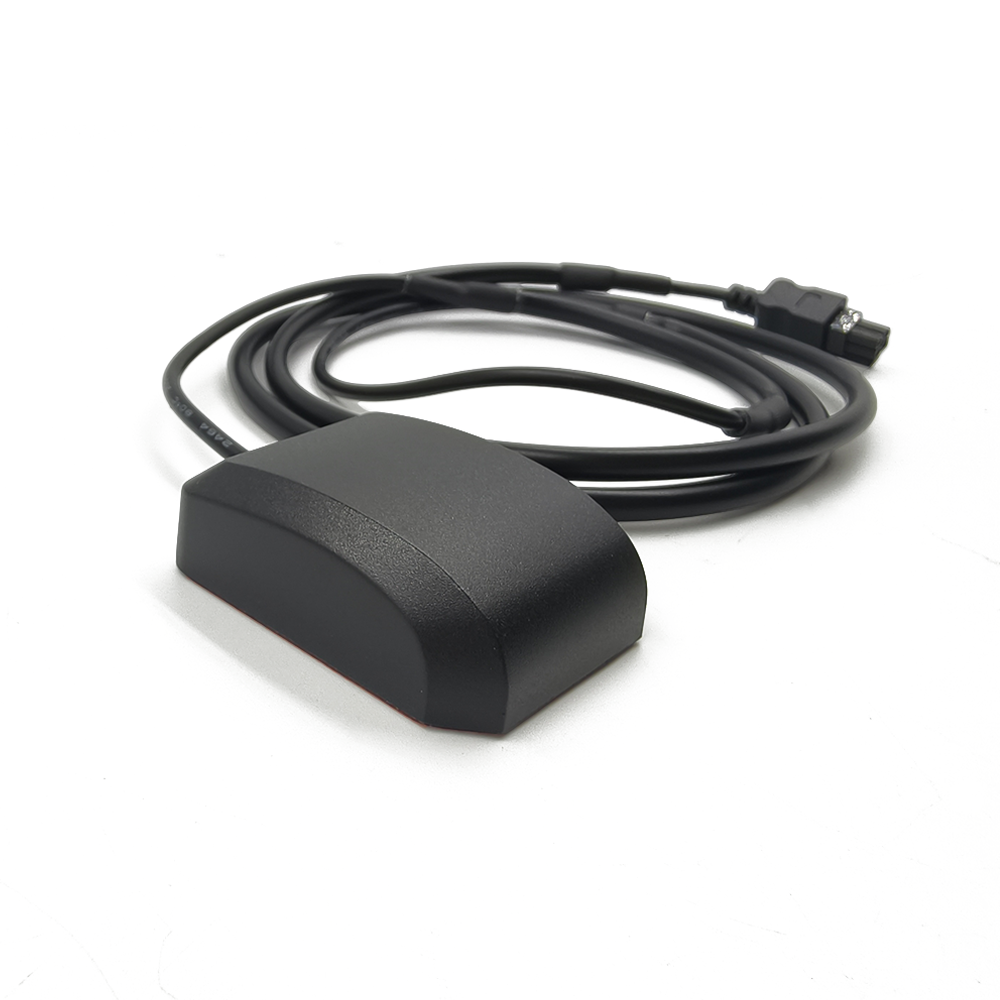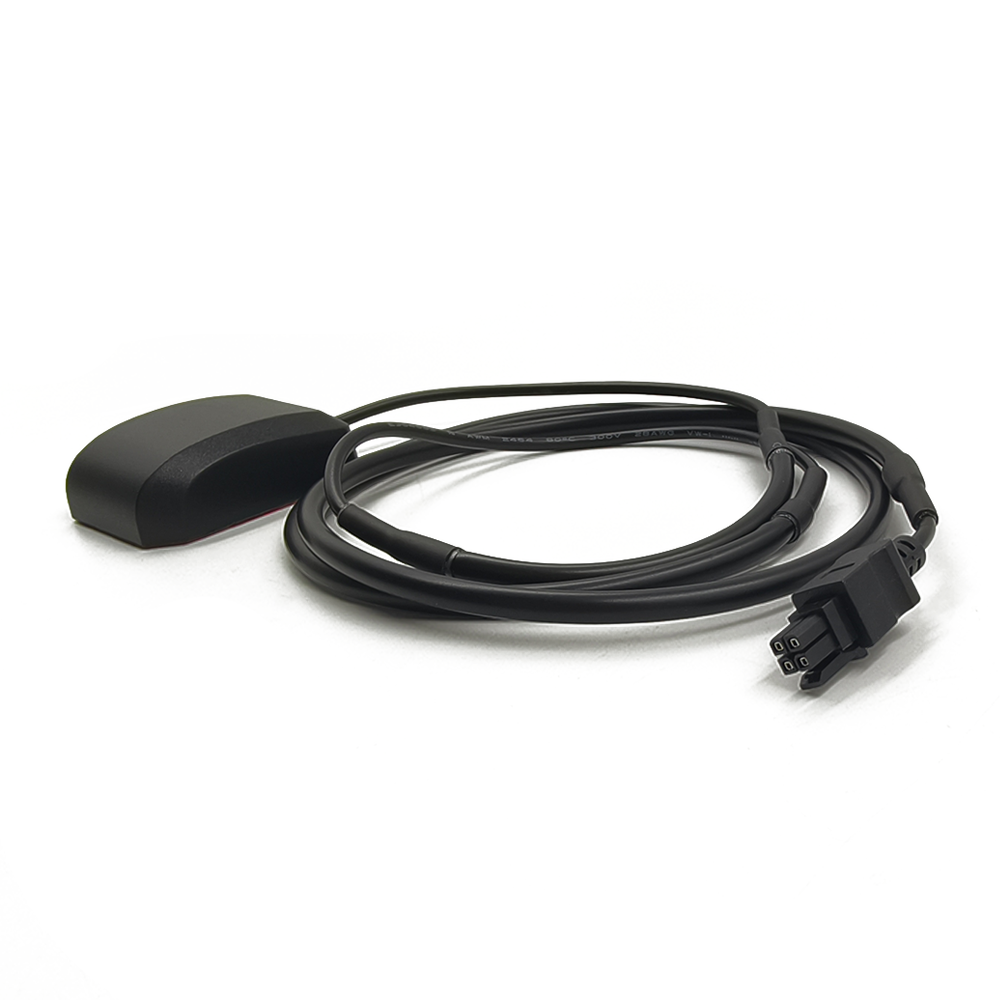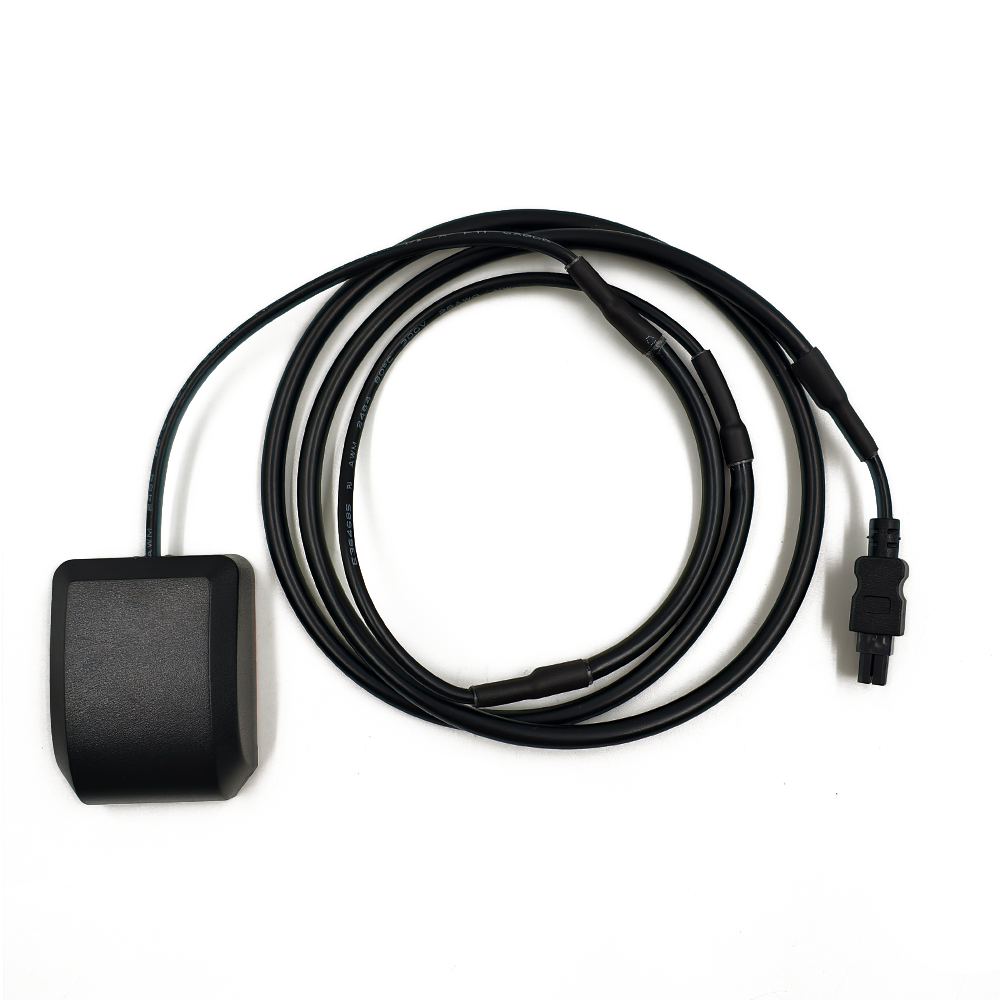The magnetic-mount GNSS antenna, while seemingly simple, is a critical enabler for a vast and growing ecosystem of location-based services and technologies. Its applications extend far beyond helping a driver find the next turn; it is a fundamental sensor for efficiency, safety, and security across numerous industries. Furthermore, technological trends are continuously expanding its capabilities and integration.
Current Applications:
Professional Road Transportation: This is the largest application domain.
Fleet Management: Companies use mag-mount antennas on their vehicles to provide accurate, real-time location data to fleet management software. This enables optimized routing, monitoring of driver behavior (e.g., idling, speeding), improved fuel efficiency, enhanced security against theft, and proof of delivery/ service.
Long-Haul Trucking: Drivers use them with advanced navigation units and electronic logging devices (ELDs) to ensure flawless reception across the entire continent, crucial for meeting regulatory requirements and finding routes suitable for large vehicles.
First Response and Public Safety: Police, ambulance, and fire services often use temporary or unmarked vehicles where a permanent antenna installation is not practical. A mag-mount allows them to instantly equip any vehicle with reliable navigation for emergency response, often integrated with their mobile data terminals (MDTs) and computer-aided dispatch (CAD) systems.
Field Service and Utilities: technicians working in areas with poor cellular or GNSS coverage (e.g., rural areas, inside large industrial facilities) use mag-mount antennas to boost the signal for their rugged tablets or data collectors, ensuring accurate asset mapping, maintenance reporting, and navigation to remote job sites.
Maritime and Recreational Vehicles: Boaters use them on small to medium-sized vessels with fiberglass cabins by attaching the magnet to a metal plate glued to the roof. RV owners use them to improve the navigation of their consumer-grade units, especially when driving through mountainous or forested terrain.
Data Logging and Surveying: While not for high-precision work, mag-mount antennas are perfect for GIS (Geographic Information System) data collection, environmental monitoring, and other applications where a quick, accurate-enough (3-5 meter) location fix is needed from a mobile platform.
Technology and Consumer Use: Enthusiasts use them to improve the accuracy of GPS signals for drone operation, photography geotagging, or to get a better signal for a smartphone-based navigation app during road trips.
Future Trends:
Integration with Multi-Constellation and Multi-Frequency Chipsets: As consumer and professional receivers begin to leverage all available satellites (GPS, GLONASS, Galileo, BeiDou) and multiple frequencies (L1, L2, L5), antennas will evolve to support these signals efficiently. Future mag-mounts will be "multi-band" optimized, providing the necessary bandwidth and phase center stability to unlock centimeter-level accuracy with techniques like RTK and PPP, even in a portable form factor.
The Rise of Integrated Active Antennas: The trend is toward smarter antennas. Future models may incorporate additional functionality within the radome, such as:
Integrated Cellular Modems: Creating a single "puck" that provides both GNSS positioning and cellular data connectivity for telematics and tracking.
Inertial Measurement Units (IMUs): Adding MEMS-based accelerometers and gyroscopes to create a dead reckoning system. This would allow the antenna to provide position updates even when the GNSS signal is temporarily lost in tunnels or urban canyons.
Integrated Bluetooth: Allowing wireless connection to a device inside the vehicle, eliminating the cable hassle entirely. (This is already emerging in some markets).
Enhanced Durability and Sustainability: Future designs will focus on even more robust materials for cables and connectors, longer-lasting UV-resistant radomes, and the use of recycled materials. The manufacturing process itself will become more sustainable.
Standardization and Automotive Integration: The automotive FAKRA connector standard is becoming more common, making antenna-receiver compatibility easier. We may see vehicles in the future with designated, flush-mounted "landing pads" with built-in electrical contacts, allowing a mag-mount antenna to click into place without a cable, simultaneously forming a secure mechanical bond, an electrical ground connection, and a data link.
Specialized Designs for New Platforms: As autonomous and connected vehicles evolve, there will be a need for temporary testing and data collection setups. Mag-mount antennas will be ideal for these applications, leading to designs specifically tailored for the roof racks and sensor suites of test vehicles.
In essence, the magnetic-mount antenna is evolving from a simple signal booster into a intelligent, connected sensor node. Its core value proposition of portability and performance will remain, but its capabilities will expand dramatically, ensuring its relevance in the future of transportation, logistics, and mobile connectivity.
Conclusion
The magnetic-mount GNSS external antenna is a testament to the enduring power of elegant, user-centric engineering. In a technological landscape often obsessed with miniaturization and integration, it boldly asserts that sometimes the optimal solution is an external, dedicated component designed for a single purpose: to perform flawlessly. It represents the most effective and practical compromise between the two poles of GNSS reception—the convenience of integrated solutions and the supreme performance of fixed, survey-grade installations.
Its significance lies in its democratization of high-quality satellite navigation. It puts professional-grade performance within reach of anyone with a coaxial connector, empowering individual consumers, small businesses, and large fleets alike to achieve levels of accuracy, reliability, and speed that were once exclusive to expensive, built-in systems. It is the great equalizer in mobile positioning.
The antenna's success is rooted in its clever symbiotic relationship with the vehicle. It doesn't just sit on the roof; it actively uses it. By transforming the car's metal body into a giant ground plane, it turns a passive object into an active participant in the signal reception process, showcasing a brilliant application of fundamental electromagnetic principles to solve a real-world problem.
While challenges related to potential paint damage, cable management, and security persist, they are minor considerations when weighed against the profound benefits of portability, non-invasiveness, and dramatic performance enhancement. These challenges are also being steadily addressed through improved materials, better designs, and user education.
Looking forward, the magnetic-mount antenna is not a technology of the past but a platform for the future. As GNSS signals become more complex with new constellations and frequencies, and as the demand for precise location data expands into new fields like autonomy and advanced telematics, the mag-mount form factor will adapt and thrive. It will incorporate new technologies like dead reckoning, cellular connectivity, and wireless data transfer, solidifying its role as a versatile, intelligent, and indispensable peripheral.
In conclusion, the magnetic-mount GNSS antenna is far more than a simple accessory. It is a foundational tool that enables accuracy, efficiency, and safety across a vast swath of the modern economy. Its simple act of clinging to a metal surface belies the sophisticated dance of physics and electronics happening within, a dance that delivers the most precious commodity in navigation: certainty of one's place in the world. It remains, and will continue to be, an essential instrument for anyone who demands reliable position data on the move.




































































 Language
Language
 En
En Cn
Cn Korean
Korean

 Home >
Home > 








 18665803017 (Macro)
18665803017 (Macro)













